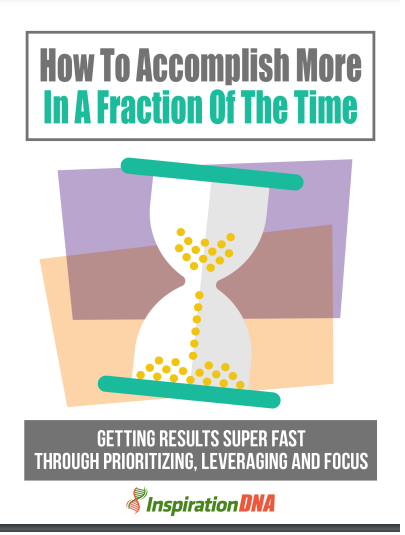Emotional Intelligence
Ability EI models – This is "the ability to perceive emotion, integrate emotion to facilitate thought, understand emotions and to regulate emotions to promote personal growth".
Ability EI models – This is "the ability to perceive emotion, integrate emotion to facilitate thought, understand emotions and to regulate emotions to promote personal growth". 1. Perceiving emotions is the ability to spot and decipher emotions in faces, pictures, voices, and cultural artifacts. This represents a basic aspect of emotional intelligence, as it creates the opportunity for all other processing of emotional information to take place. 2. Using emotions is the ability to apply emotions to cognitive activities such as thinking and problem-solving. This allows the emotionally intelligent person to use their moods to better manage their lives. 3. Understanding emotions is how we interpret the language of emotion and thus are able to better manage complicated emotional relationships. 4. Managing emotions is the way we regulate our own emotions and those of other people so that we achieve optimum results.
Mixed models of EI – This is the model introduced by Daniel Goleman that defines EI as a wide range of competencies and skills that drive leadership performance. There are four main tenets to this: 1. Self-awareness is the ability to understand your emotions, recognize their impact, and use them to inform decisions. 2. Self-management involves controlling your emotions and impulses and adapting to circumstances.









